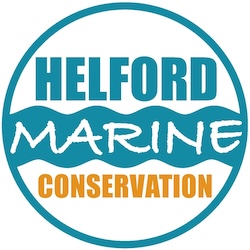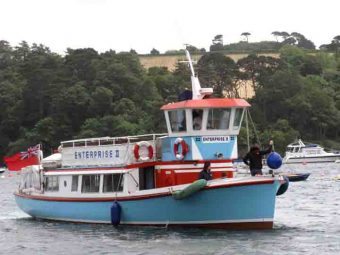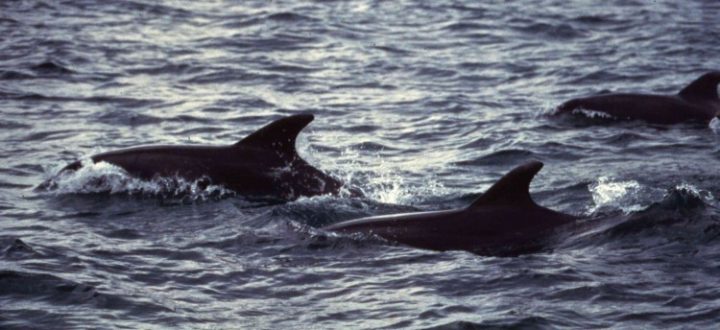Rockpool Ramble, Prisk Cove
Saturday, 14th August 2010
Twenty adults and eight children was the tally for the Rockpool Ramble —- but age was irrelevant. Soon everyone, from youngster to pensioner, was in the same position, with bottoms up, eyes down and hands and nets probing the multitude of rock pools left by the ebbing tide. One intrepid man waded out up to his waist to the far rocks, amidst the Kelp and Thongweed, and came back with a hand-sized Velvet Swimming Crab. He was holding it very carefully, with good reason, for another crab had already scarred his finger and this one was furious, waving its large pincers in the air, its scarlet eyes glaring. In the pools there were crabs of all types and sizes – Shore Crabs of various colours, small Edible Crabs with their crimped, pasty-like shells, Hermit Crabs, often using Periwinkle or Top Shells as a house; and a type nick-named ‘Body-builder’ Crab (Xanthus) because its shell is textured like a muscular torso. Squat Lobster and Common Prawn were seen; and the collecting buckets soon contained specimens of Common Starfish, Cushion Star and Brittle Star. Ruth Williams was kept busy moving among the groups and identifying the finds. One, which looked like a small dark slug, turned out to be a polychaete worm with plate-like legs. Another type of worm – ‘Sand-armour’ – was deduced from the upright feeding tubes made of cemented sand and shell grains.
Carefully turning over a rock often caused a flurry of splashing as a fish darted for new cover. A Butterfish was found and several Cornish Clingfish, with two bright blue spots on the head looking like pseudo-eyes. Limpets, Barnacles, Top Shells and empty Mussel and Whelk shells were abundant, many carrying the white crusts of Coiled Tube Worm and Keelworm. Adding to the attractiveness of the rock pools were the multiple colours and textures of the seaweeds, ranging from yellow and pink encrustations of calcareous algae to bright green strings of Gutweed, olive fronds of Serrated Wrack, dark brown Fucus and floating bunches of Japweed.
Out at sea a host of yachts were taking advantage of the sunny day and stiff breeze, barely noticed by the party absorbed in the rock pools. Then two men in wetsuits emerged from the water. They had been snorkelling offshore and described to Ruth the big fish with striking blue markings that one had seen among the rocks. She said that it was likely to have been a Cuckoo Wrasse. The man’s spread-out hands were rather mobile (!), but we must conclude that it was BIG.
The HMCG would like to express its sincere thanks to Ruth for an extremely enjoyable and informative afternoon.




